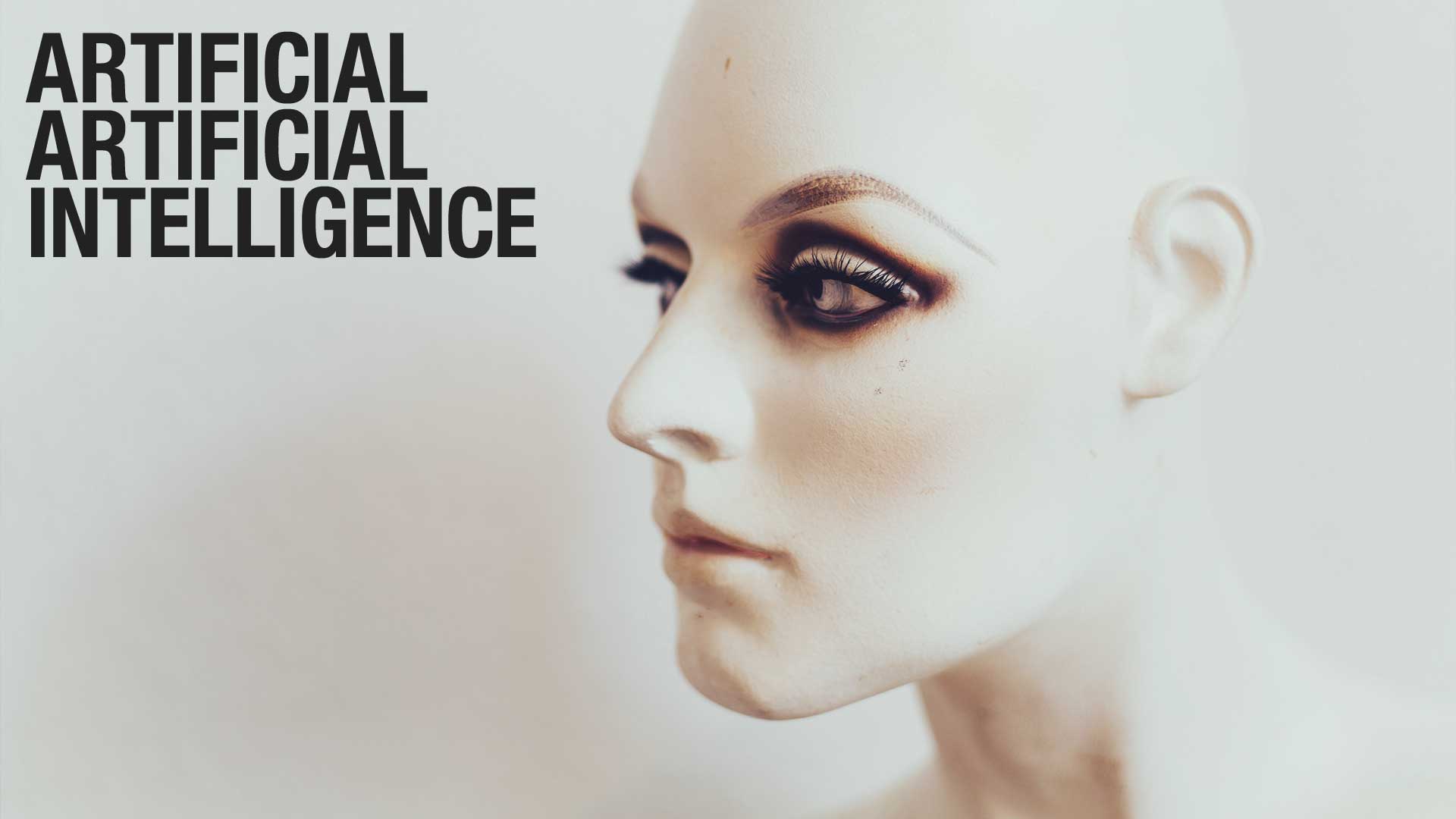Behind a successful AI there is a human doing critical work. It’s an open secret that behind the “magic” of AI tools there are large teams of people, doing things like labeling the training data to make it work. The result of their work is truly impressive: we are tricked into believing that these AIs can understand us (people) and behave like a human assistant answering our queries.
The dark side of AI
However, there is a dark side to this and this concerns people in the loop. People working behind the veil of AIs are often subcontractors that earn low wages and are routinely forced to work unpaid overtime. You might think that this “only” concerns people with low education, but anthropologist Mary Gray and computer scientist Siddharth Suri argue otherwise. In their new book Ghost Work: How to Stop Silicon Valley from Building a New Global Underclass they describe white collar sweatshops of mostly young people working in isolation. These people are often highly educated and provide crucial services that cannot be automated. After all, serving another person requires skills that are beyond the reach of AIs. While this could change in the foreseeable future, the situation now is quite a paradox. The AI industry uses human intelligence to provide Artificial Intelligence. Artificial intelligence becomes Artificial Artificial Intelligence with many consequences on many levels. Besides having a the aforementioned negative impact on the economical situation of people, there is the question of privacy.
Privacy
While we trust machines to keep our personal secrets, we do not trust total strangers with personal secrets. But this is happening when we interact with AIs: personal information is shared with total strangers. AI companies should be truthful about these practices. They should inform users in real time that a person is behind the interface interacting with you. This is a formidable challenge for UX design and it needs to be tackled before AIs arrive for real, without the human in the loop. And if they don’t, then we have at least interfaces to digital assistants that do not lead to believe us that we are interacting with AIs, when in truth we are interacting with people.
